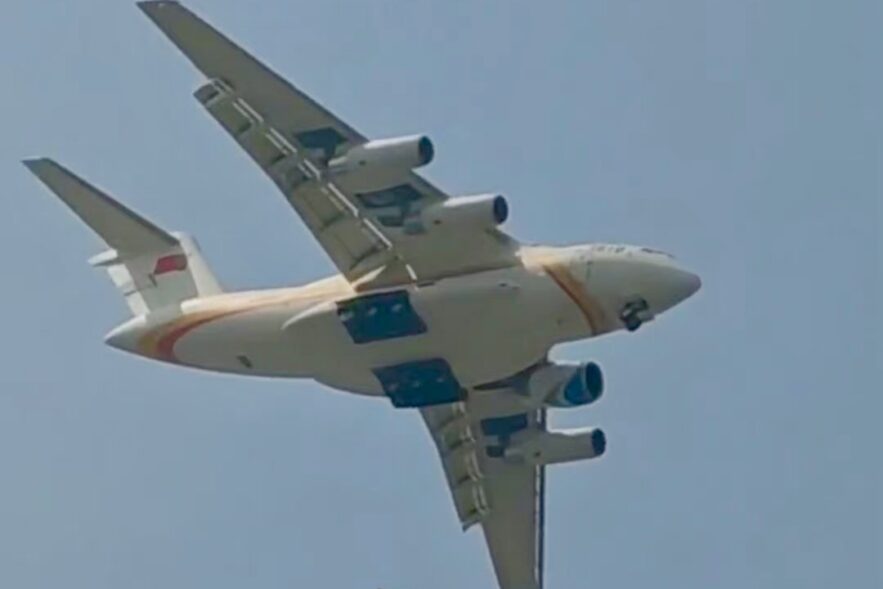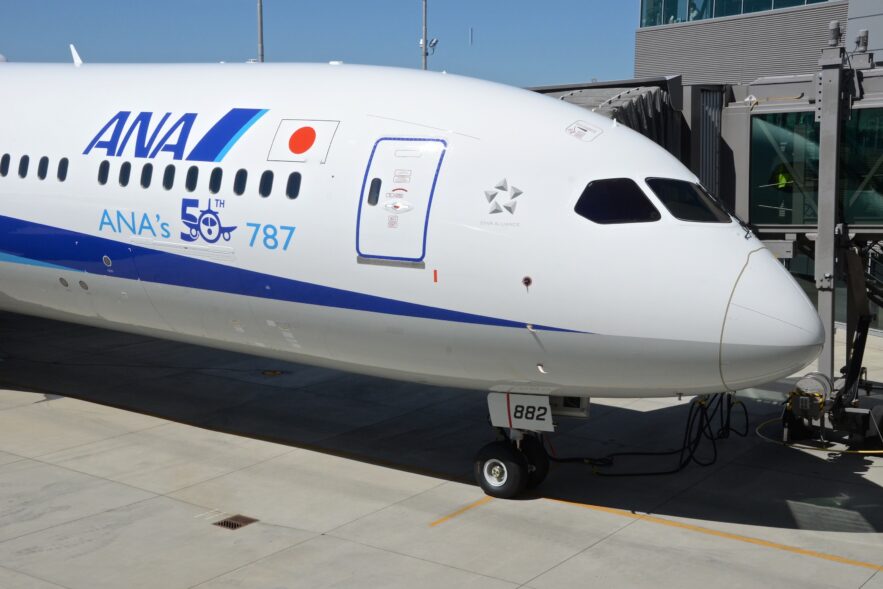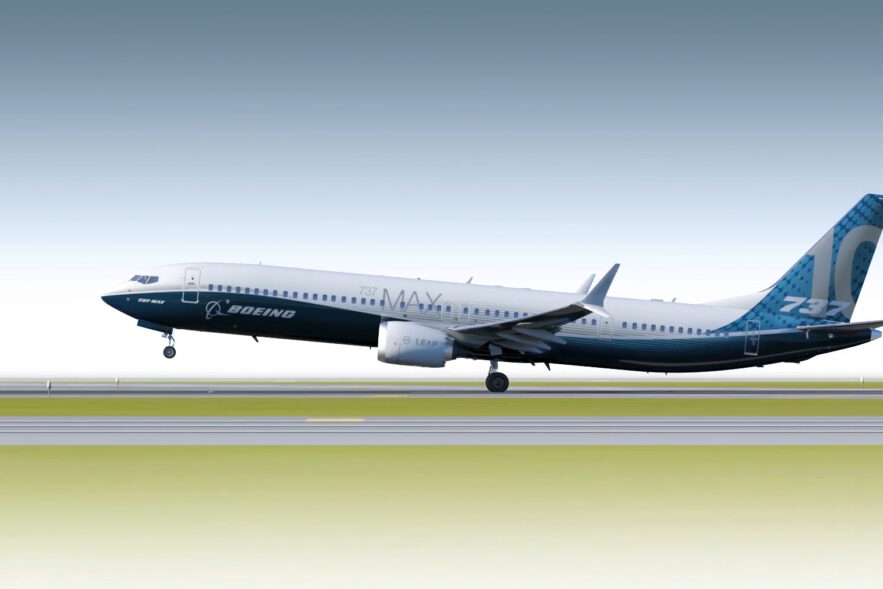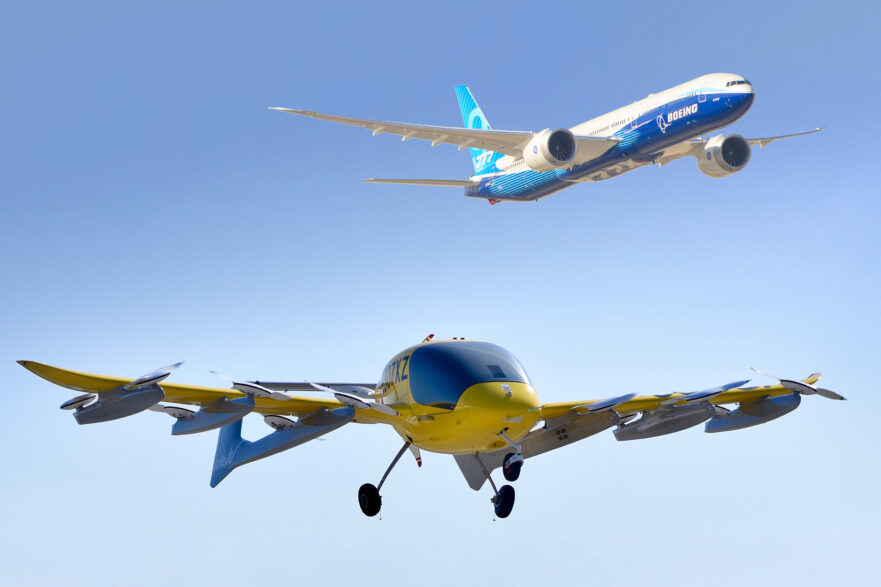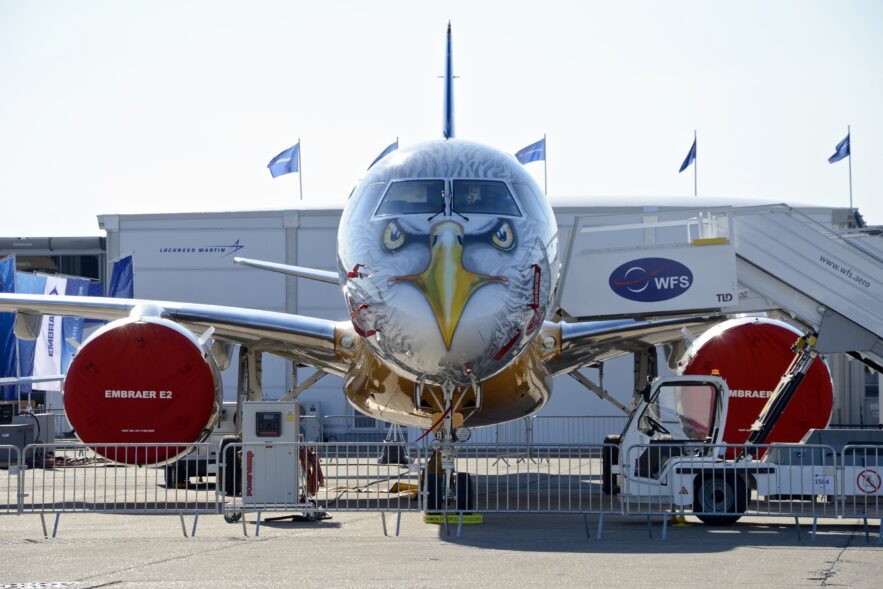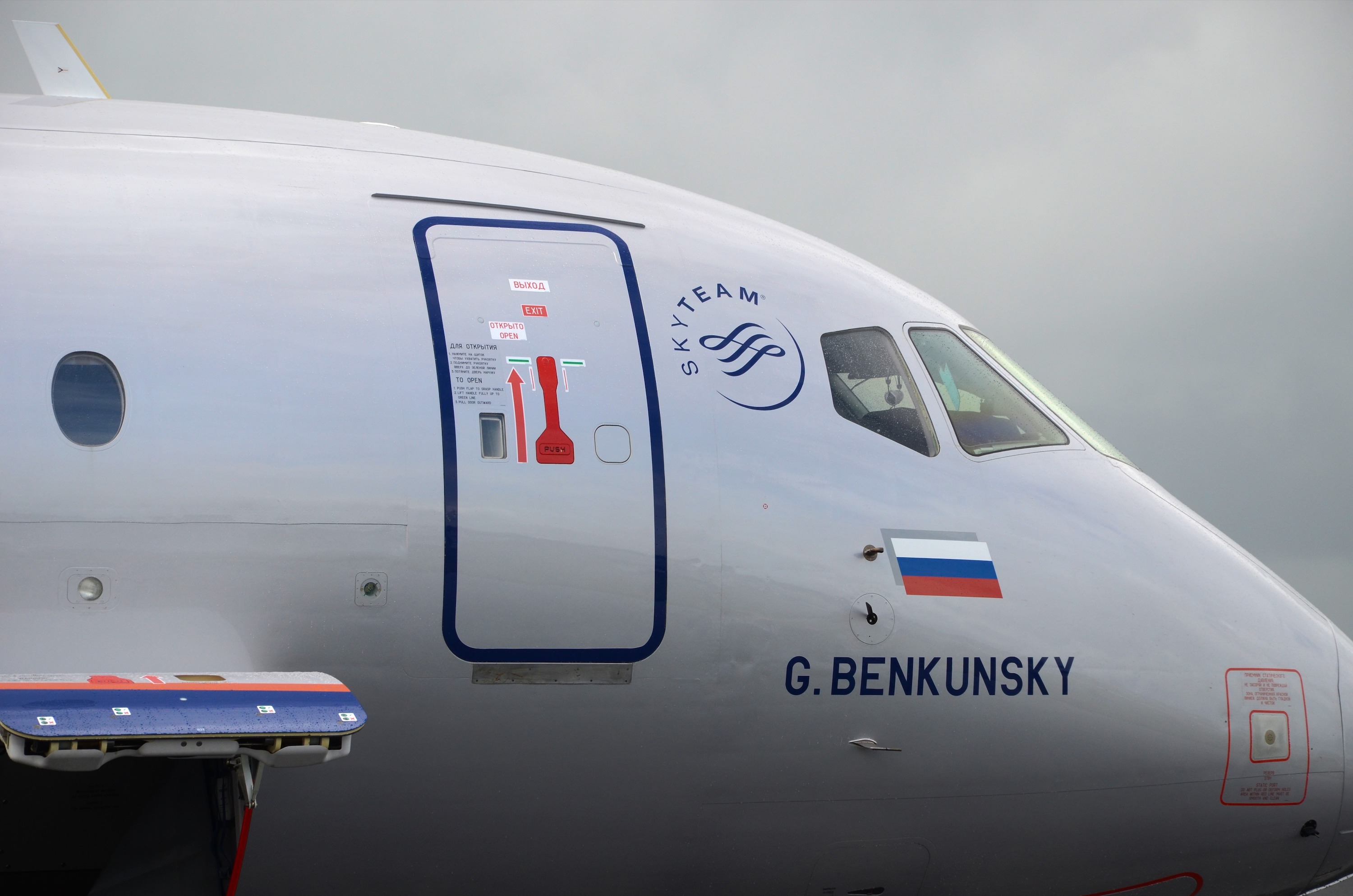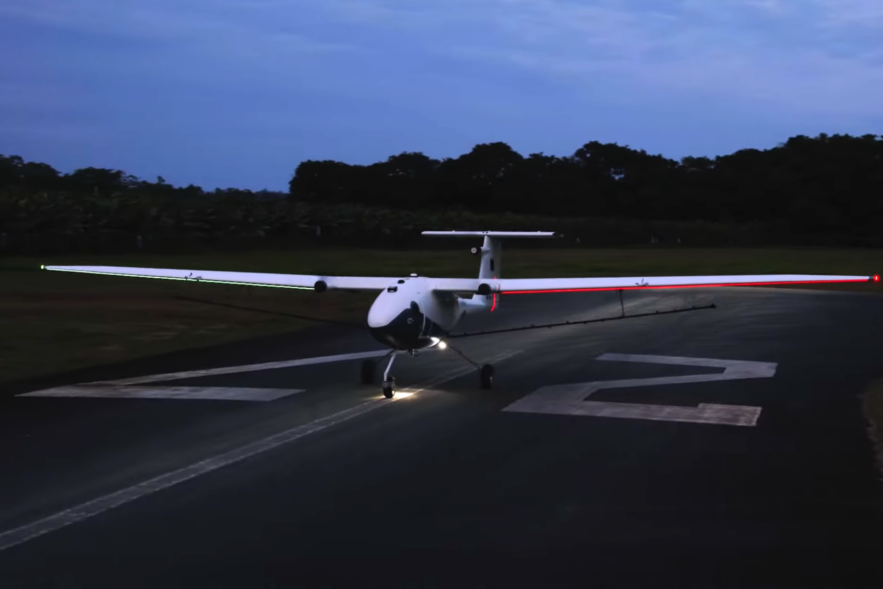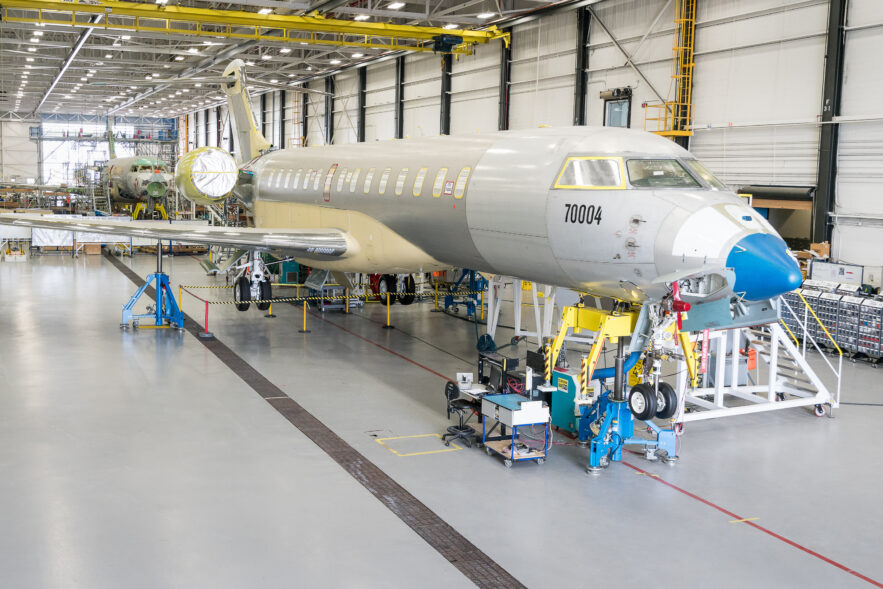Release DateMarch 24, 2023As congress debates TikTok, China flies its own commercial jet enginePurchase a PDF of this article Chinese...
Log-in here if you’re already a subscriber Release DateMay 6, 2020Boeing closes the door on Embraer, opens one for MitsubishiPurchase...
In an incremental age, the landing gear designer gets top billing: Boeing formally unveiled the modified landing on its forthcoming...
Jon Ostrower and Elan Head·
Log-in here if you’re already a subscriber Release DateMay 31, 2023Boeing takes Wisk fully under its wingPurchase a PDF of...
São José dos Campos, Brazil — Things move slowly in the airplane business. Politics, regulation and engineering tend to advance...
Log-in here if you’re already a subscriber HEAR FROM THE AIR CURRENT Leave this field empty if you're human: Release...
Log-in here if you’re already a subscriber HEAR FROM THE AIR CURRENT Leave this field empty if you're human: Release...
Denial of aviation is a weapon that predates the 21st century battlefield. Yet, with the return of war to Europe, it is also aviation’s Achilles’ heel. With it comes a cascading series of immediate and longer term consequences in the skies as commercial and industrial links are quickly broken after decades of cultivation following the fall of the Soviet Union.
Embraer and Boeing on July 5 formally unveiled their plans to establish a joint venture, carving out the Brazilian manufacturer’s...
Log-in here if you’re already a subscriber Release DateDecember 15, 2022Electric aircraft unknowns spur new approaches to leasingPurchase a PDF...
Boeing and Embraer are at the finish line on a commercial aerospace tie up that will reshape the global industrial...
The second in a two part series examining the strategic landscape for the remaining Embraer and Bombardier business aircraft units....
